Two-photon uncaging
High efficiency two-photon uncaging coupled by the correction of spontaneous hydrolysis
Two- photon uncaging of neurotransmitter molecules is the method of choice to mimic and study the subtleties of neuronal communication either in the intact brain or in slice preparations. It has the advantage of high spatial and temporal resolution of two- photon excitation to study dendritic integration. Two- photon uncaging can also be used to map receptor densities (e.g. for GABA receptors) even in 3D. Used in combination with two- photon imaging, two- photon uncaging provides an opportunity to study the long- term structural and functional consequences of stimulation of structures such as dendritic spikes and dendritic spines. As currently available caged materials have several drawbacks, we used quantum chemical modelling to show the mechanisms of hydrolysis and two- photon activation and synthesized more effective caged compounds. We have also developed a new enzymatic elimination method removing neurotransmitters inadvertently escaping from their compound during experiment. This method, usable both in one- and two- photon experiments, allows for the use of materials with an increased rate of photochemical release.The efficiency of the new compound and the enzymatic method and of the new compound are demonstrated in neurophysiological experiments.
Pálfi et al. 2018 Organic & Biomolecular Chemistry





